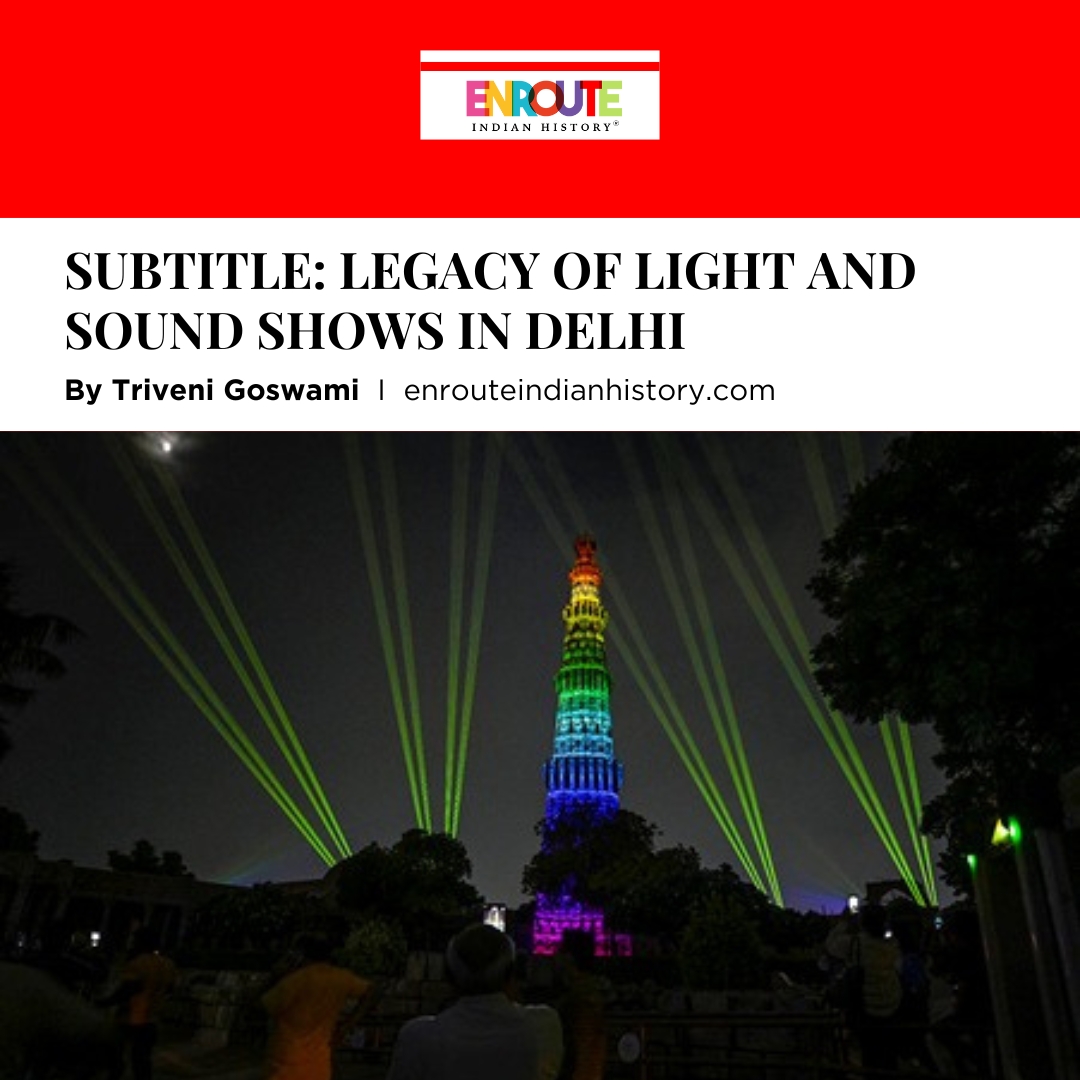
The Sundarbans is a large mangrove forest that spans across Bangladesh and India in the Bay of Bengal coastal region, situated at the delta of the Ganges, Brahmaputra, and Meghna rivers. It is acknowledged as a World Heritage Site by UNESCO and constitutes one of the most extensive contiguous mangrove forests. The cluster of low-lying islands covers around 10,000 square kilometres and is a hotspot for biodiversity. The unique ecosystem acts as a home to countless species of flora and fauna – the Royal Bengal tiger, estuarine crocodile, Gangetic dolphin, and the Indian python among others, including globally threatened wildlife.
Although the tidal wetland is undeniably valuable in terms of its ecology and biodiversity, the ecosystem is also primarily unstable. This is a direct result of temperature, rainfall, and tidal interactions, which causes wide-ranging variations in key ecological parameters including salinity, pH, dissolved oxygen, nutrients etc, making it an ecologically fragile and climatically vulnerable region. Hence, the diversity and fabric of the ecosystem are in jeopardy. Deltaic island rehabilitation for human use, deforestation, salinity invasion, injudicious exploitation of aquatic life, floral and other faunal elements, ecological tourism, and pollution in the environment have further intensified harm. Furthermore, the implications of global climate change have exacerbated the situation, negatively impacting the communities that reside here as well as the wildlife.
Natural disasters also play a prominent role in the destruction that transpires – the area is labelled the ‘cyclone capital of India’ as there have been a significant amount of cyclones that have caused damage, due to the strong winds, heavy rainfall, and storm surges that are brought along with them. These cyclones, paired with rising sea levels, have resulted in saltwater intrusion, impacting the crops that cannot handle high levels of salinity and the daily water supply for the people. Riverine and coastal flooding can cause riverbank erosion. Although it is a natural process, excess erosion can result in loss of landmass, displacement of communities, and damage to infrastructure. These catastrophic disasters pose substantial difficulties to the Sundarbans’ communities and ecosystem.
The Sundarbans’ residents rely primarily on agriculture and fishing for their sustenance. They have created methods that are tailored to the conditions of the location. For agriculture, they employ a technique known as “Bhagaban cultivation” or “floating agriculture,” wherein seedbeds are constructed on floating structures composed of water hyacinth or similar buoyant materials. This method enables them to cultivate crops in spite of the frequent inundation. To further combat flooding, dwellings are erected on stilts or elevated foundations designed to safeguard the residents from tidal waves, and this design aids in minimising devastation from periodic flooding and maintaining living conditions amid periods of high tide. Additionally, the people of the Sundarbans have a considerable understanding of the ecology of mangroves and have habitually relied on its natural assets for survival. For their everyday needs, they harvest firewood, honey, and timber from the mangroves. They also collect other readily available goods such as leaves, fruits, and medicinal plants for supplies and income economic growth. By inheriting generations of traditional knowledge about the locale’s ecological system and resources, the people living here have developed an extensive understanding of tide behaviour, wildlife activity, and seasonal fluctuations in the mangrove swamp. This information enables individuals to make sound decisions concerning fishing, farming, and similar activities, guaranteeing their survival regardless of adversity.
Citations
“About Sundarbans.” WWF India, https://www.wwfindia.org/about_wwf/critical_regions/sundarbans3/about_sundarbans/. Accessed 5 June 2023.
Chakraborty, Susanta Kumar, and Ajoy Bhattacharya. “(PDF) Mangrove ecosystem of Sundarbans, India: Biodiversity, ecology, threats and conservation.” ResearchGate, 11 September 2017, https://www.researchgate.net/publication/285637880_Mangrove_ecosystem_of_Sundarbans_India_Biodiversity_ecology_threats_and_conservation. Accessed 5 June 2023.
Sarkar, Samir. “Which animals are found in Sundarban National Park?” Sundarban Wildlife Tourism, 18 July 2021, https://www.sundarbanwildlifetourism.com/blog/which-animals-are-found-in-sundarban-national-park/. Accessed 5 June 2023.
- February 22, 2024
- 8 Min Read


























